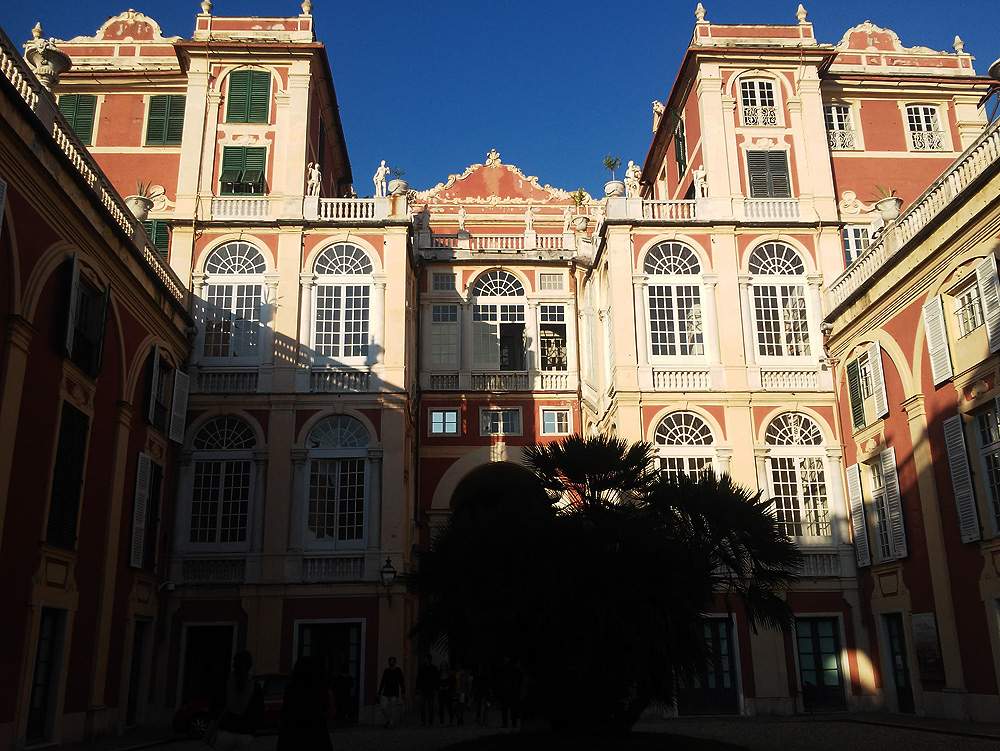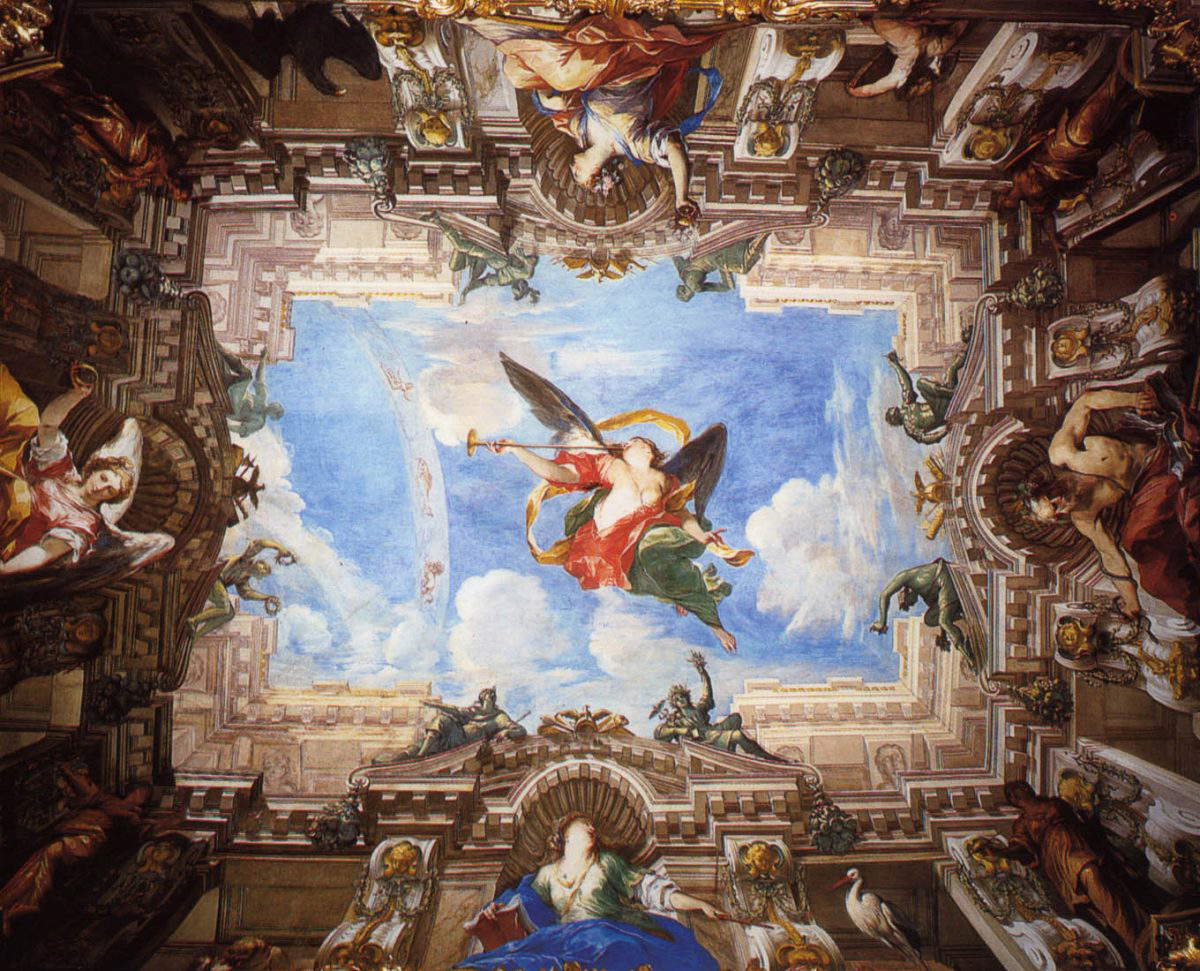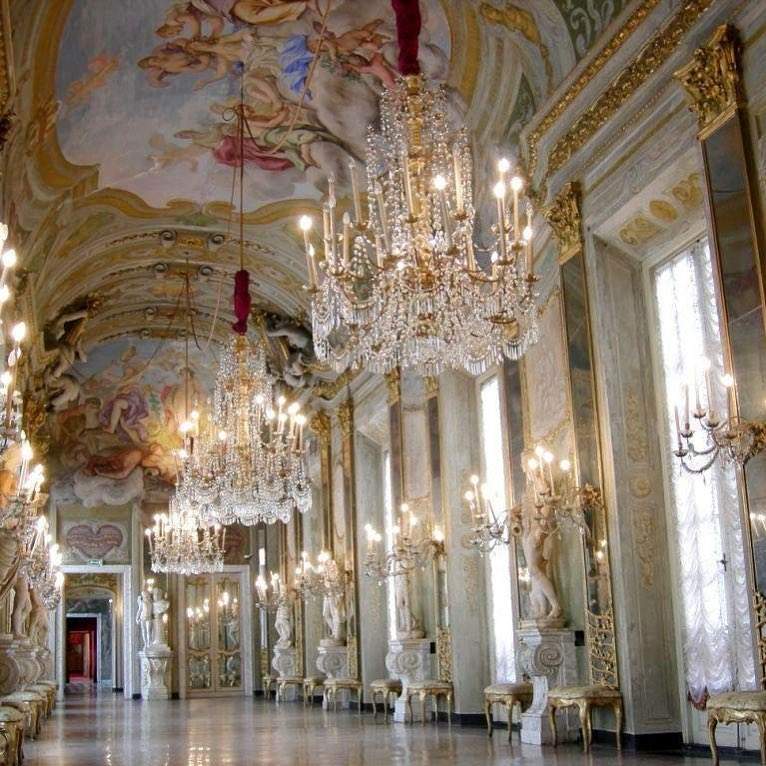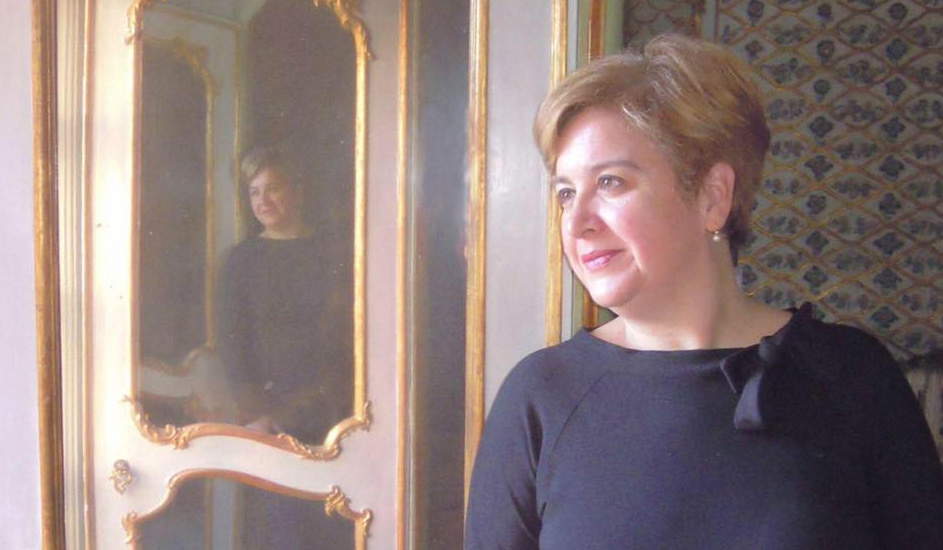Genoa, the new life of the Royal Palace: open museum and spectacular growth
When talking about the Palazzo Reale in Genoa, it is not uncommon to hear, in the city but also outside, the noun “miracle” being associated with the management of Serena Bertolucci, the museum’s director since 2015, when the via Balbi institution became one of the twenty autonomous “super museums” created following the Franceschini reform. But even if one wanted to avoid exaggerating with appellations, it would be really difficult to deny that Palazzo Reale has made spectacular progress in recent years, and to realize this it is possible to start from mere numerical data: never in recent history, since the Ministry of Culture introduced statistical surveys in its institutes, had such high numbers been recorded at Palazzo Reale. For almost fifteen years, from 1996 to 2011, the number of visitors to the Genoese institute fluctuated roughly between 20,000 and 30,000 (with the peak of 40,236 recorded in 2004, the year Genoa was European Capital of Culture) and then experienced a notable increase between 2012 and 2014, a period of strong growth in visitors to almost all Genoese museums. Serena Bertolucci has been able to excellently continue the task of her predecessor, Luca Leoncini (who continues to work at the museum as director of collections), and has brought Palazzo Reale to record levels: from 49,776 in 2014 to 87,215 in 2017 (a 75 percent increase in just three years), and for the current year new records are in sight, since in the first five months the museum recorded as many as 48,349 visitors compared to 29,159 last year. A 61 percent increase over the record year. A growth that is also reflected in ticketing revenue, which has more than doubled in three years (from 73,503 euros in 2014 to 171,470 in 2017).
Discussing only the numbers, however, would make little sense and would not offer an exhaustive idea of the work that Serena Bertolucci has accomplished at the Royal Palace, succeeding in imprinting a decisive turning point in the museum’s history: a work that, rather than quantity, has focused on quality, and the increases in visitors are but the most natural consequence of the direction that the director has been able to give the institution. The first ingredient of the success of the Royal Palace is certainly itsopenness to the city and the territory. Meanwhile, the Royal Palace has become a place that always offers the Genoese a good reason to return, even after a short time. The museum has been enriched with a full calendar of events: lectures, meetings, workshops, special guided tours, evening openings, extraordinary initiatives (for example, on June 2, when citizens and tourists were invited to go to the museum with a copy of the Constitution, receiving in return the opportunity to visit the museum at the symbolic price of one euro), all on a weekly basis and promoted withwidespread effectiveness (including through clever use of social media) thanks to an efficient communications office led by Anna Manzitti, an art historian, a profound connoisseur of the Genoese seventeenth century, and a very capable ministerial official in charge of promoting the institution. And to underscore the fact that Palazzo Reale does not make the mistake of thinking more about tourists than citizens, it is necessary to emphasize some proposals designed especially for residents: for example, the reductions designed for the inhabitants of individual municipalities of the city, or the initiative aimed at readers of Il Secolo XIX (at Easter, those who showed up at the museum with a copy of the newspaper could enter at a discounted price), or even the discounts reserved for customers of “Genova Liguria Gourmet” restaurants on the occasion of the Year of Italian Food 2018.
 |
| Genoa, Royal Palace. Ph. Credit Finestre Sull’Arte |
 |
| Valerio Castello, Allegory of Fame with Quadratures by Giovanni Maria Mariani (1653-1654; Genoa, Palazzo Reale, Anticamera del Duca) |
 |
| Genoa, Royal Palace, the Gallery of Mirrors |
 |
| Director Serena Bertolucci |
An important chapter is then that of the exhibitions, many of which were also conceived with a view to strengthening the ties between citizens and the city: a splendid example in this sense was the exhibition on the Lantern of Genoa, capable of combining the depth of serious historical-artistic research with a decidedly more “pop” vein and easy appeal. And it should be stressed that the carnet of Palazzo Reale knows how to be quite varied: ranging from contemporary art (the last appointment in chronological order was Dong Xing’s solo show) to historical reviews (such as the one on King Charles Albert, which closed last July 29), without neglecting research exhibitions, such as the palimpsest Raccontami una storia (dell’arte) that saw alternating small exhibitions of a single work aimed at presenting discoveries and rediscoveries to the public, or such as the very important first monographic exhibition on Anton Maria Maragliano, the greatest among Ligurian sculptors working between the seventeenth and eighteenth centuries, to whom, however, an exhibition had never been dedicated. Nor should we overlook the important restorations conducted and completed under the management of Serena Bertolucci: suffice it to mention those of the rissêu, the Throne Room, and the Savoy crib.
A second and fundamental ingredient has been the ability to create synergies. Of course: in this sense, Serena Bertolucci is somewhat facilitated by the fact that a museum of such primary importance as the National Gallery of Palazzo Spinola also depends on the Royal Palace, and for that reason it was much easier to imagine coordinated initiatives, such as the introduction of a reduction on the Royal Palace ticket for those who visit Palazzo Spinola and vice versa (so that the two very important institutions can be visited by spending a total of only nine euros). And another merit of the Bertolucci management is that it does not consider Palazzo Spinola as a kind of younger brother of Palazzo Reale, on the contrary: in the past year Palazzo Spinola has experienced several fundamental acquisitions (the 17th-century silver plaque with the Barcheggio di nobili, Bernardo Strozzi’sAllegoria della pittura, Anton Maria Vassallo’s altarpiece) and has been the ground on which projects aimed at involving a younger public have been experimented with (for example, the Friday aperitifs based on art and music, open to all, which have been very well received). But synergies, of course, are not limited to the institutions over which the director exercises direct control. Palazzo Reale is increasingly part of the city: there is no event in which it does not participate and make its own contribution (from Rolli Days to Euroflora, from the Boat Show to the great exhibition on Domenico Piola), it has succeeded in creating a system with civic museums and private museums, and it has made important agreements with other entities operating in the city (for example, with theGenoa Aquarium, the most popular destination for tourists: the single “AcquarioReale” ticket has resulted). Serena Bertolucci’s commitment is to open up to new and diverse audiences, with the awareness that the role the museum plays is of primary importance for the development of the city, in every aspect.
Increasing numbers, citizens happy to return to the museum, thick initiatives: the Royal Palace is more alive than ever, and never before open to Genoa and to everyone. And Serena Bertolucci certainly has no intention of stopping. Minister Bonisoli, at the end of July, announced the abolition of free Sundays, and the director of the Royal Palace has concurrently put forward the hypothesis of giving visitors one hour free every day: an initiative that would put the Royal Palace on the level of some important European institutes, such as the Prado in Madrid, which provides, at the end of each opening day, two free hours dedicated to everyone. After all, the Royal Palace has always moved by a wide margin on the issue of accessibility, with initiatives that have often reduced ticket prices to symbolic amounts. There is, in essence, all the basis for allowing the Royal Palace to grow more and more. And the director understood what issues need to be worked on, at the Royal Palace as in all museums in Italy: relationship with the city and citizens, inclusion, involvement, research, openness. And Palazzo Reale can definitely be a model of reference.
Warning: the translation into English of the original Italian article was created using automatic tools. We undertake to review all articles, but we do not guarantee the total absence of inaccuracies in the translation due to the program. You can find the original by clicking on the ITA button. If you find any mistake,please contact us.





























